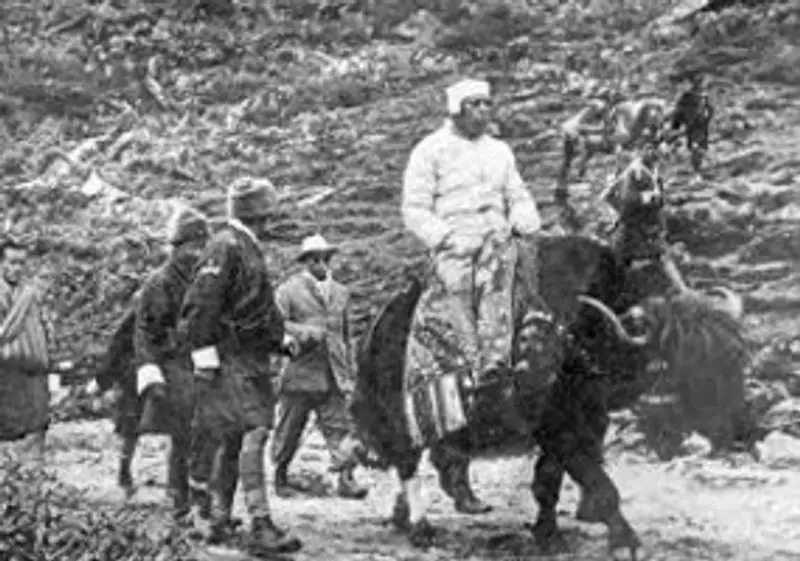
Prime Minister Narendra Modi's recent diplomatic visit to Bhutan has sparked a fascinating historical recollection from Congress leader Jairam Ramesh, who reminded the nation of India's first Prime Minister Jawaharlal Nehru's arduous 1958 journey to the Himalayan kingdom.
The Historical Parallel: Two Prime Ministers, Two Eras
While Prime Minister Modi traveled to Bhutan on March 22-23, 2024, via modern transportation, Congress general secretary Jairam Ramesh took to social media platform X to highlight the stark contrast in travel conditions between then and now. Ramesh shared remarkable historical details about Nehru's challenging 1958 expedition to Paro, which involved an extensive and physically demanding journey.
Jawaharlal Nehru's visit to Bhutan occurred from September 21 to October 2, 1958, marking a significant milestone in India-Bhutan relations. Unlike today's direct flights, Nehru's journey required multiple modes of transportation and considerable physical endurance. According to Ramesh's post, the first Indian Prime Minister had to undertake a five-day trek from the India-Bhutan border to reach Paro, demonstrating his commitment to strengthening bilateral ties with the neighboring kingdom.
Nehru's Arduous Journey: A Test of Diplomatic Commitment
The historical accounts reveal that Nehru's travel itinerary was remarkably demanding by modern standards. After reaching the border town of Phuentsholing by road, the Prime Minister embarked on what would become an extensive five-day trek through challenging mountainous terrain to reach Paro. This physical journey symbolized the emerging relationship between the two nations.
Ramesh emphasized in his social media post that this difficult trek underscored Nehru's deep personal commitment to fostering India-Bhutan relations during the early years of both nations' post-colonial existence. The Congress leader's recollection serves as a poignant reminder of the foundations upon which contemporary India-Bhutan relations are built.
During his 1958 visit, Nehru spent significant time engaging with Bhutanese leadership and people, laying the groundwork for what would become one of India's most stable and friendly international relationships. The journey, despite its physical demands, resulted in strengthened diplomatic bonds that have endured through subsequent decades.
Contemporary Context: Modi's Visit and Historical Reflections
Prime Minister Modi's visit to Bhutan continues this tradition of high-level diplomatic engagement between the two nations. The current Prime Minister's travel arrangements reflect modern advancements, but the underlying purpose remains consistent with Nehru's original mission: strengthening the special relationship between India and Bhutan.
Jairam Ramesh's historical reminder comes at a time when both nations are navigating complex regional dynamics. His social media post not only highlighted the physical challenges of Nehru's journey but also served to emphasize the historical depth of India-Bhutan relations that transcend political parties and generations.
The contrasting travel methods between 1958 and 2024 illustrate how India's diplomatic outreach has evolved while maintaining consistent engagement with important neighbors. Nehru's five-day trek and Modi's direct flight represent different eras of the same enduring diplomatic priority.
This historical perspective adds depth to understanding the current state of India-Bhutan relations, showing that the foundation laid by Nehru's personal commitment continues to influence bilateral engagements today. The special relationship between the two countries, tested by time and changing regional circumstances, remains a cornerstone of India's neighborhood policy.
As both nations continue to develop and modernize, the memory of Nehru's challenging journey serves as a reminder of the effort and dedication required to build and maintain strong international partnerships. The historical context provided by Ramesh enriches the public understanding of how current diplomatic relationships are built upon decades of careful cultivation and personal commitment from leaders across political spectrums.





